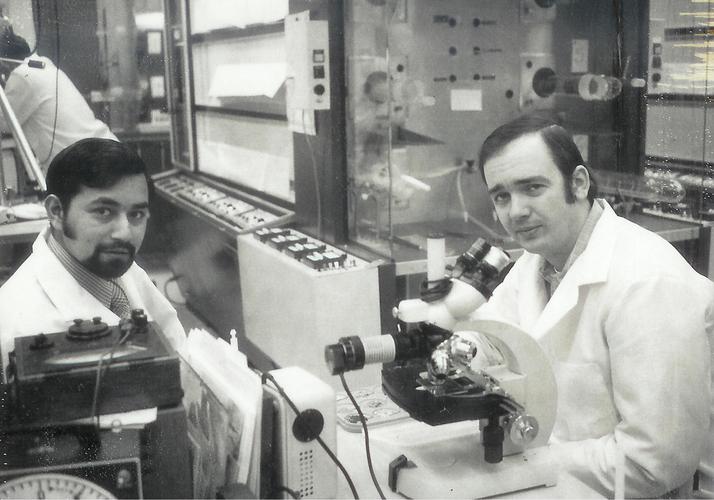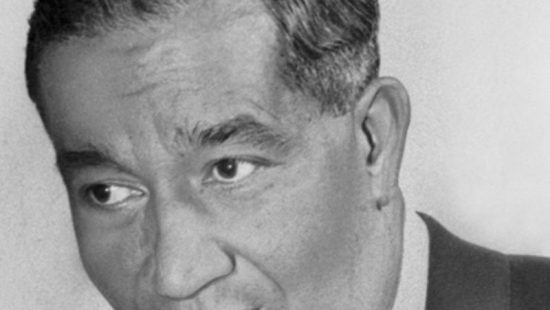B. Jayant Baliga grew up just outside of Bangalore, India in a prosperous family. His father ran a local factory and it was in the home’s technical library that Baliga developed an interest in electrical engineering. After going to the Indian Institute of Technology, Baliga discovered Feynman’s lectures on physics and found a new branch of science to excite him, which led him, ultimately, to combine the two in the field of semiconductors.
Baliga received his MS and Ph.D. from Rensselaer Polytechnic Institute before heading to General Electric to work on power devices. While there studying thyristors, high-voltage semiconductors, Baliga discovered certain qualities that suggested thyristors could work like regular transistors with the same possibility to be turned on and off at will. Thyristors were important for power-hungry applications but lacked an efficient off-mechanism. Baliga discovered how to fix this flaw, eventually creating the insulated-gate bipolar transistor (IGBT).
IGBTs are now used in electronic devices around the world. Everything from household appliances, to automobiles, to air conditioners, solar cells, and portable defibrillators use this technology, and the efficiencies made possible through the IGBT have saved by some estimates $15 trillion and benefitted millions. Baliga says of his work, “In my case, service to humanity was my mission.”
By Casey Samulski








